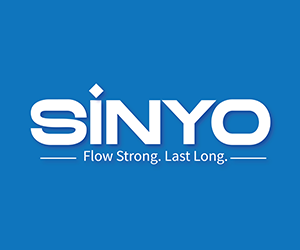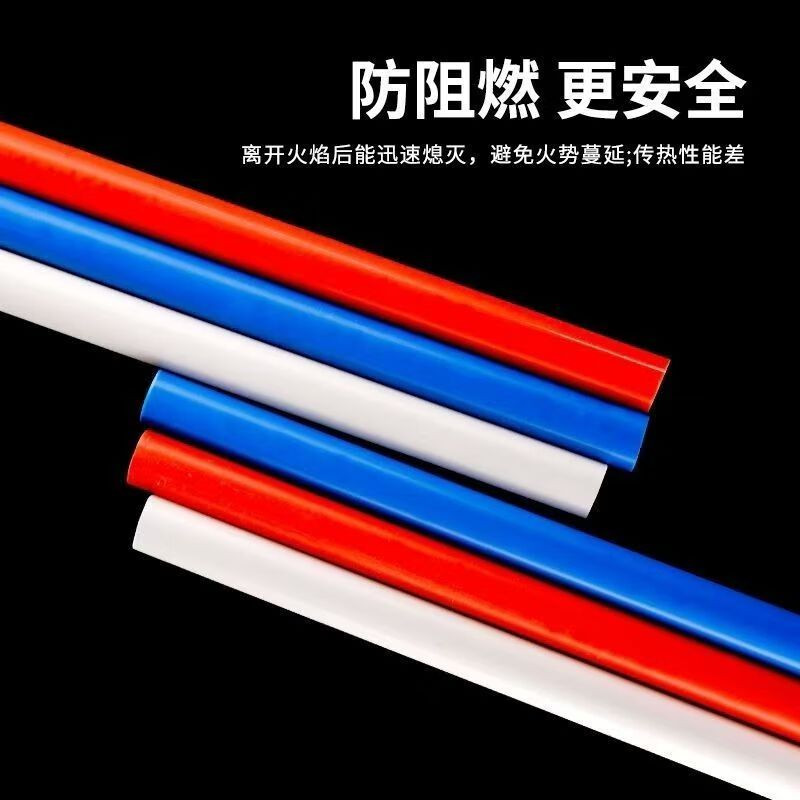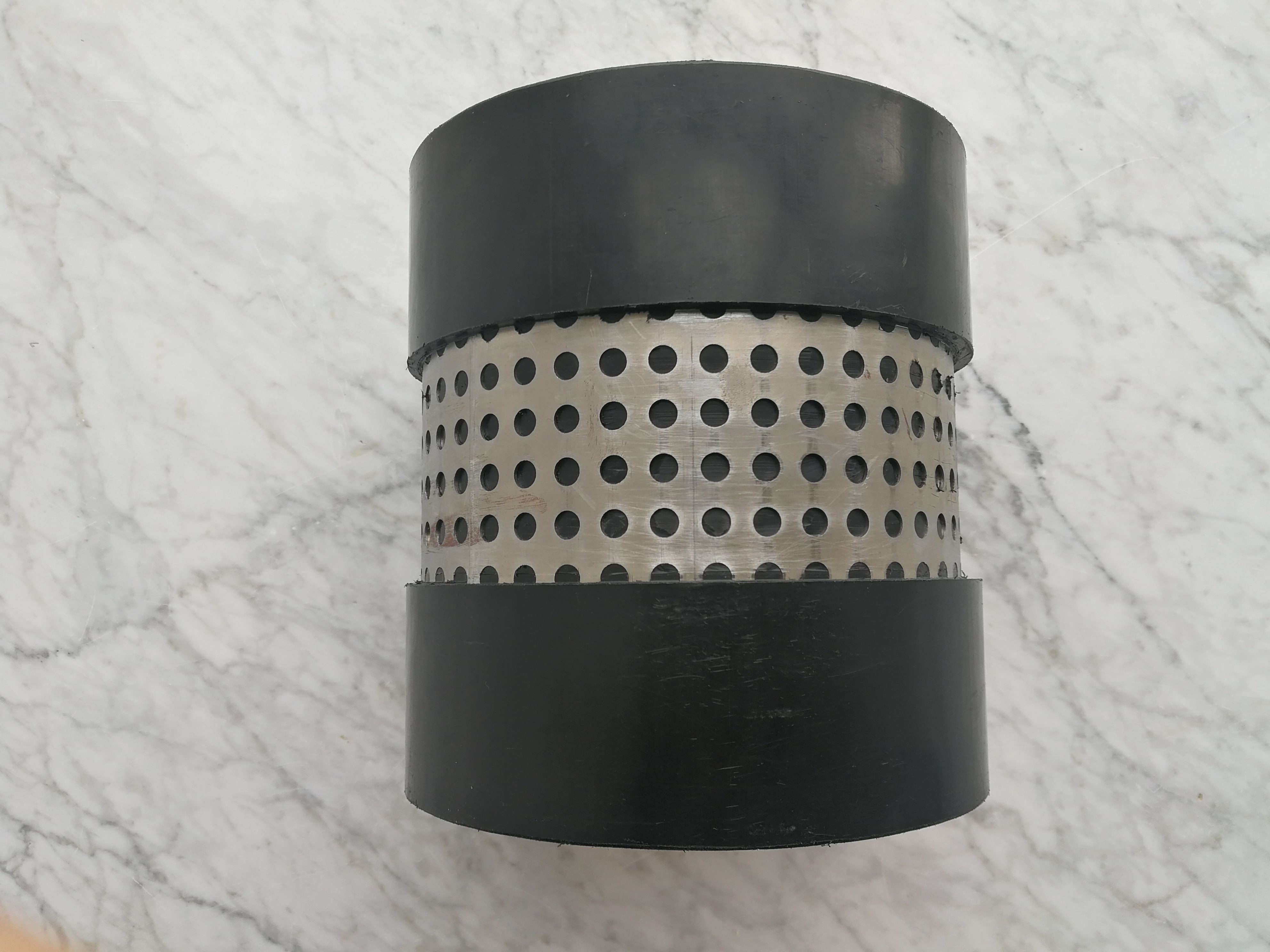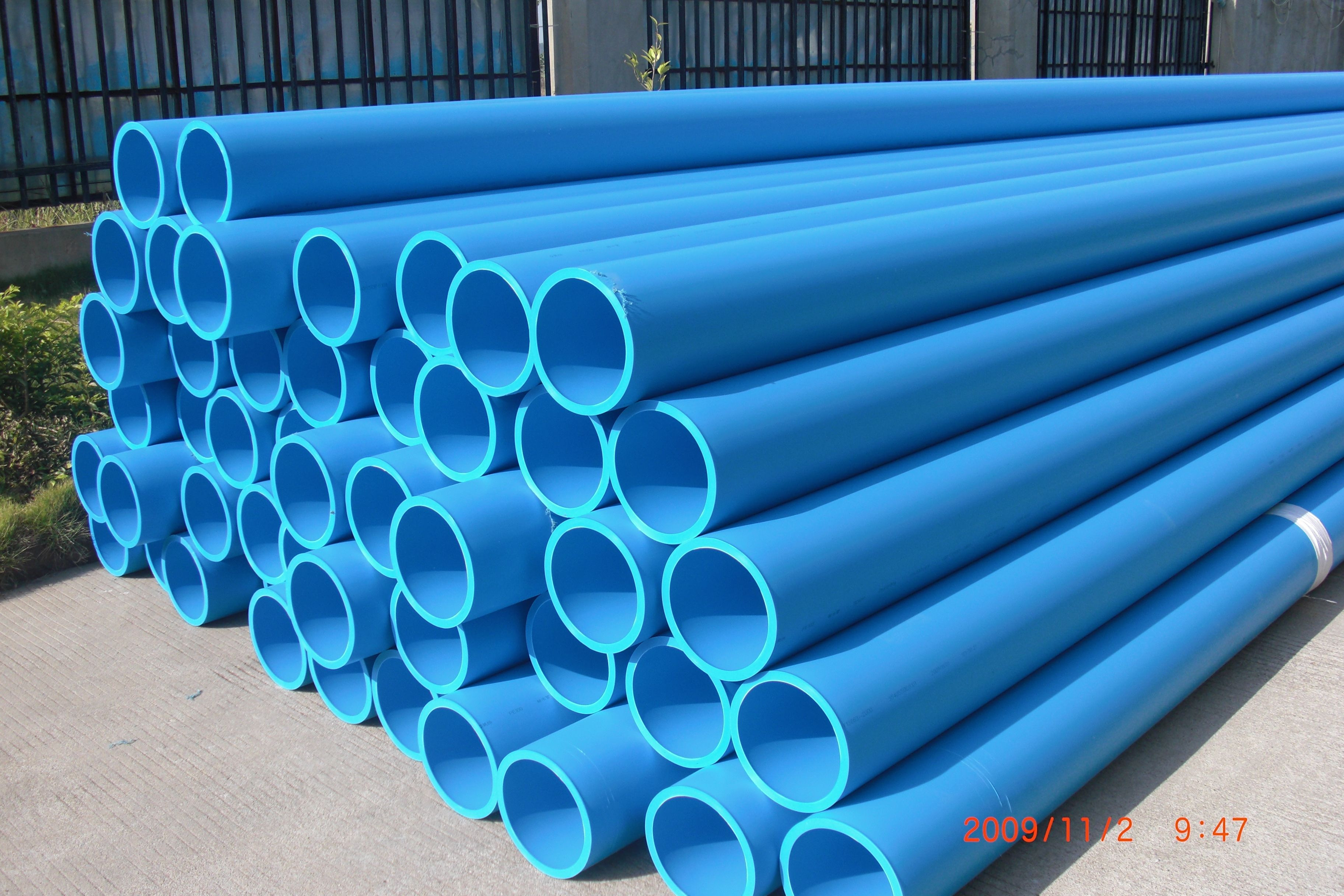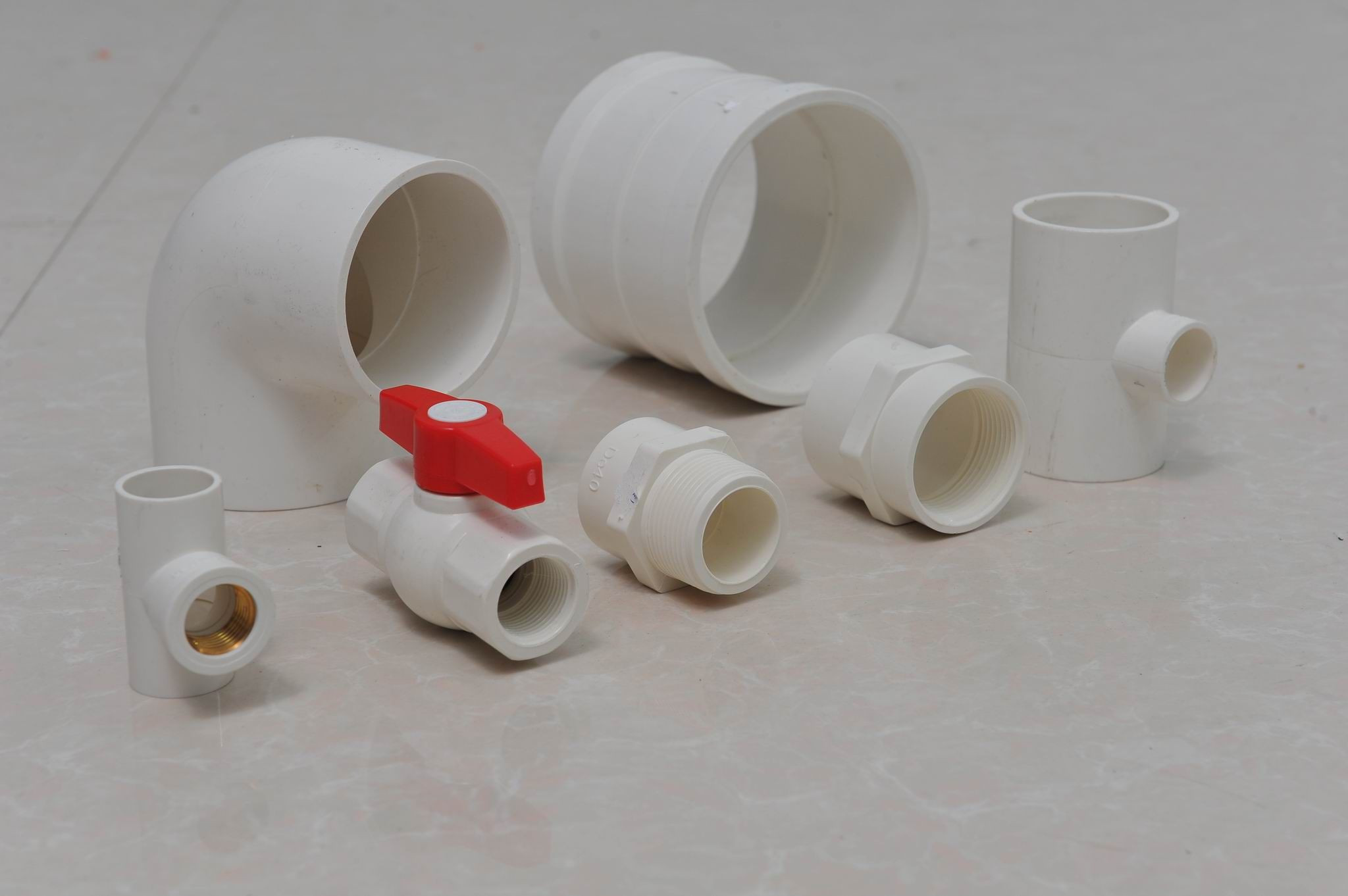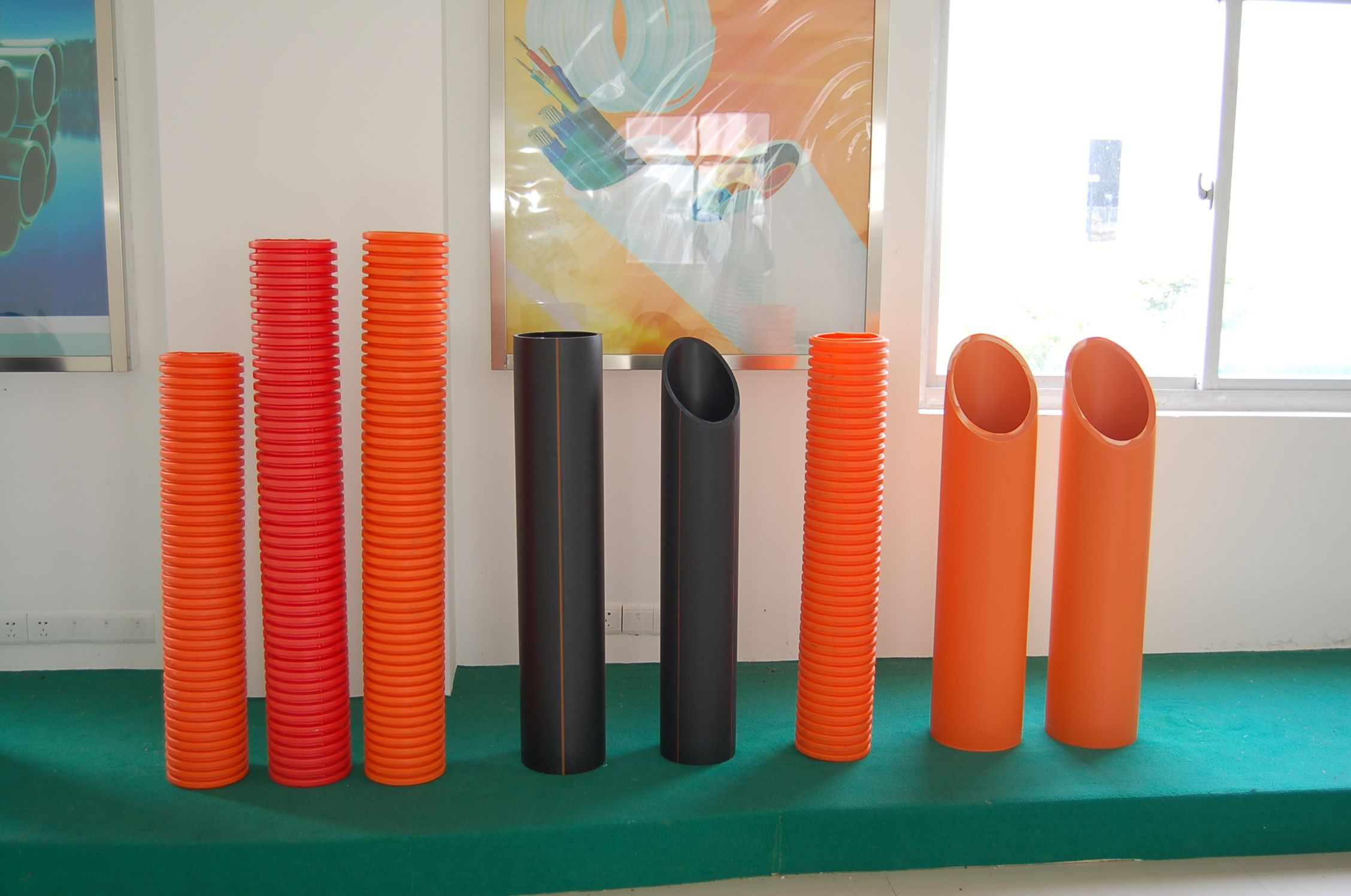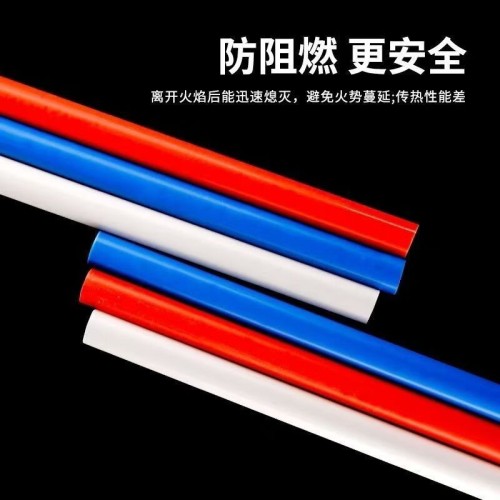

Products

Description:
Flame retardant properties: Both PVC and PVC-C materials have good flame retardant properties and can be extinguished immediately when away from fire.
Flame resistance : PVC and PVC-C materials have excellent flame re sistance and will extinguish as soon as they are away from fire.
High impact resistance: PVC power pipes can withstand the impact of a 1kg hammer at a height of 2m at a temperature of 0 ℃ , which fully reflects that the low-temperature impact performance of the material is fully applicable to the requirements of construction environment conditions.
Strong impact resistance: PVC electric power pipe can withstand the impact force of a hammer weighing 1kg dropping from a height of 2m at the temperature of 0℃, which fully reflects that the impact performance of the material at low temperature is fully applicable to the requirements of the construction environment.
Insulation performance: PVC electric power pipe can withstand can withstand high voltages of above 30,000 volts.
Compression performance: After material modification, the PVC power pipe has a ring stiffness of 10KN, which is significantly higher than the national regulations for buried plastic pipes, which require a ring stiffness of more than 8KN .
Pressure resistance: After the material modification of PVC electric power pipes, the ring stiffness of the product has reached 10KPa, which is significantly higher than the requirement of relevant ministry of the state for buried plastic pipes, that is, the ring stiffness should be above 8KPa.
Heat resistance: PVC power pipes have a heat resistance temperature 15 °C higher than ordinary UPVC double-arm corrugated pipes . They can remain unchanged in environments above 93 °C and have sufficient strength.
Heat resistance: T he PVC electric power pipes have a higher heat resistance of 15 ° C than ordinary UPVC double-wall corrugated pipes. They can remain undistorted at temperatures of above 93 ° C and have sufficient strength.
